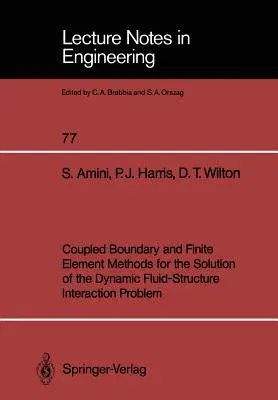Siamak Amini
(Author)Coupled Boundary and Finite Element Methods for the Solution of the Dynamic Fluid-Structure Interaction Problem (Softcover Reprint of the Original 1stPaperback - Softcover Reprint of the Original 1st 1992, 30 July 1992

Qty
1
Turbo
Ships in 2 - 3 days
In Stock
Free Delivery
Cash on Delivery
15 Days
Free Returns
Secure Checkout
Part of Series
Lecture Notes in Engineering
Print Length
108 pages
Language
English
Publisher
Springer
Date Published
30 Jul 1992
ISBN-10
3540555625
ISBN-13
9783540555629
Description
Product Details
Book Edition:
Softcover Reprint of the Original 1st 1992
Book Format:
Paperback
Country of Origin:
DE
Date Published:
30 July 1992
Dimensions:
24.41 x
16.99 x
0.64 cm
ISBN-10:
3540555625
ISBN-13:
9783540555629
Language:
English
Location:
Berlin, Heidelberg
Pages:
108
Publisher:
Series:
Weight:
204.12 gm

